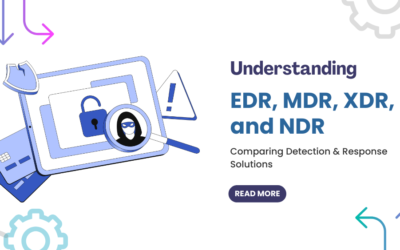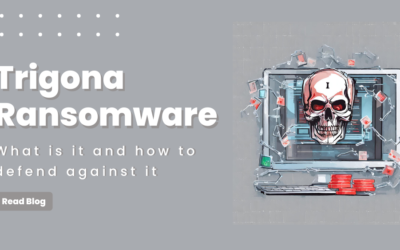Video Management System For Beginners
The Internet Protocol has drastically changed the Video Management system in Surveillance field. The IP Video Surveillance delivers high quality surveillance recordings, fast search and retrievals, easy maintenance and the freedom of escaping the dealing with the tape media.
A Video Management System (VMS) attracts networking capabilities like integrating with other security devices and business systems in order to offer the flexibility of running multiple cameras on the same network and hence offers a cover-up to larger areas in an efficient way.
Conversely, not all video management software and the IP video surveillance systems are same. Video Surveillance vendors are offering composite products which consist of a mix of IP and analog technology federated together with software. But this feature has created a devoid between what is actually offered as a claim and what these products are being up to.
Basically a Video Management System will deliver intelligent software for the operations and functions related to Video Surveillance hardware on an IP backed network. Through this feature an opportunity is created to integrate other components of corporate security program as well.
The core functionality of an ideal Video Management System is to offer:
- Concurrent management of Analog cameras and IP cameras deployed to capture live video content. The Analog cameras are interfaced with the video servers or encoders for this purpose and so the analog videos are converted into digital format to be transported via IP. A simple example is that a VMS must have the ability to connect more than 200 different IP cameras over 30 vendors in order to capture live video surveillance clippings and that too all through the same interface.
- An intelligent VMS must be capable enough to start the recording in response to situations triggered by motion detection, door openings and to certain software interface configuration.
- A VMS must also present remote access to users in different parts of a building in order to see live camera views and that too with the control features such as pan, tilt, zoom etc.
- Video Management System must also offer remote capabilities such as retrieval and playback of video from the database archives.
- The VMS must offer the ability to integrate with third party systems like video analytics and access control.
- This system must also offer a flexibility of offering a true scale search of video archive database as per configurations like time period and area of interest.
- Provision to create secure video evidence must also be offered by an able Video Management System.
- A Video Management System must offer basic video processing features such as motion detection
How to select a perfect Video Management System
- Reliability factor is essential for any Video Management System and so this can be satisfied with an able support system which works on 24/7 basis. This video surveillance related VMS must also perform well in different network environments like 100MB and 1GB networks and in WAN and live situations. Since, software upgrades are essential in order to keep up with new devices, drivers and operating systems. An able VMS must keep up with the software upgrades without the requirement for hardware components to be reconfigured.
- The system must be easy to use, install, manage and must have a technical documentation as well in regards to operations.
- Based on the open software platform and industry standards, a system that can connect and integrate with available technologies must be focused upon the use of a well documented software development kit which offers easy to use Application Programming Interface (API) and support the most commonly used programming languages. Customized settings related to event management are also helpful as it offers features such as image uploads; alarm notification, recording, I/O control and so on. An able video management system has to have a key in maintaining independence from any one vendor. It must be supporting future innovations offered as open source.
- Scalability function is also essential as the system needs to be flexible enough for the future needs of a company or enterprise. It must have channels in spare apart from the regular 16 channels. Moreover, it must be flexible enough to incorporate new technology. For example megapixel and day/night cameras which are the present gripping trend in surveillance field must also be included. It must also support for the future video storage needs of an enterprise in case if the cameras or specialized devices number gets increased. Licensing terms information must also be flexible enough for each new device addition.
- Next comes the performance factor where recording multiple video channels results in system performance and depends on the software and hardware federation. The factors such as remote access, network utilization, connecting multiple users, fast access to latest videos and remote location access on mobile must also be supported by the VMS.
- The integrity factor also plays a vital role while selecting a Video management system. It must support authentication and authorization, must offer encryption, must provide secure and reliable evidence, must offer watermarking feature in order to identify the authenticity of surveillance videos and to prove that they are not manipulated.
- In order to be effective a video surveillance solution must be fully operational and that too all the time. It must be redundant and must allow archiving and backup solution along with a failover technique.
So, while considering a Video Management System, the enterprise IT manager must keep in mind the above mentioned points in order to simplify the management of the Surveillance equipments and their related videos.










